How human beings can make sense of the world is the million-dollar question that will never get a right answer. Why and how things happen, if there is such thing as destiny, logic and randomness in life, chance and cause are omnipresent uncertainties in everything we do. From culture to technology, from art to maths, from nature to spirituality – we are deemed not to have any concrete answers but keep looking for them.
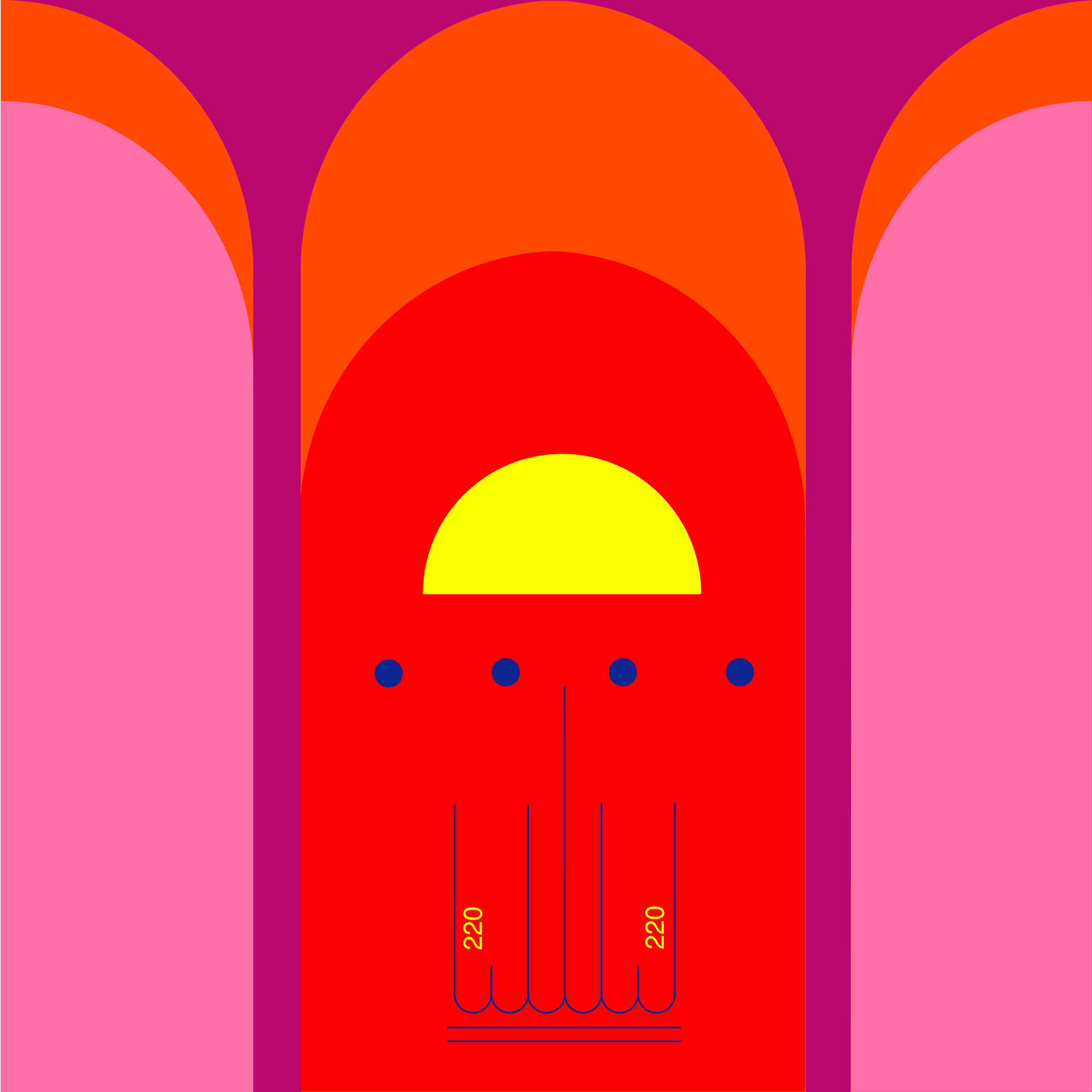
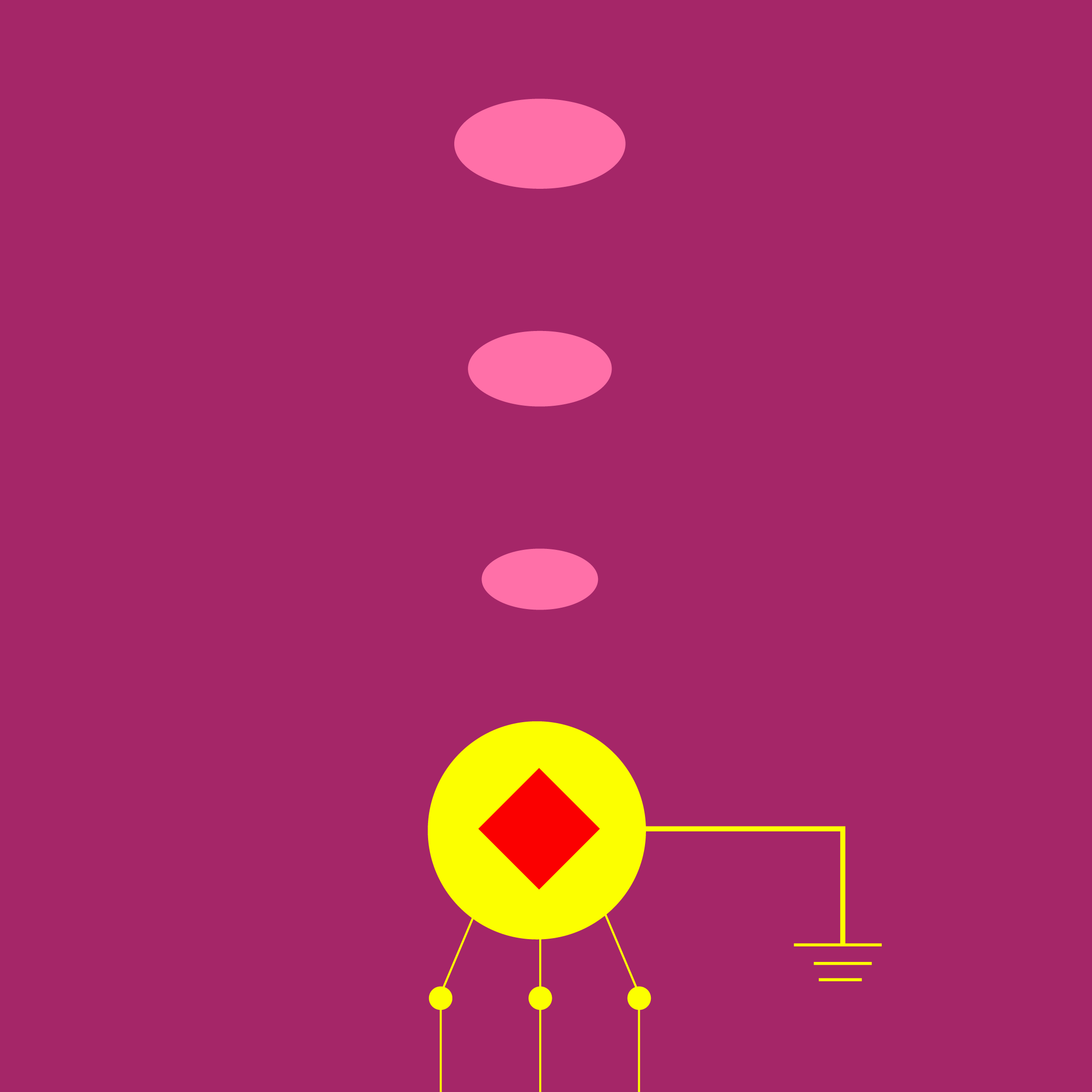
As we know, making sense of the world has been the greatest driving force for culture production since the beginning of times, and a constant motif of discussion in art making. Aiming to bring logical thinking to their art production and – who knows – help them to make sense of their existence, uncountable artists have embraced mathematics, numbers, science, technology, and, most recently, algorithms in their practice.
Venezuelan artist Ana Mosquera is one of them. By asking metaphysical questions to the computer, she creates a strange mystical relationship with the machine. Random occurrences can be easily found in nature, but within the closed system of a digital computer, in which the forces are known and quantifiable, suddenly accentuates the magical dimension of technology. And that is also why the nine editions she recently launched on Artpool can look so mysterious and appealing. Titled Postcards from an immaterial landscape, the collection was curated by Alexandria Nazar.
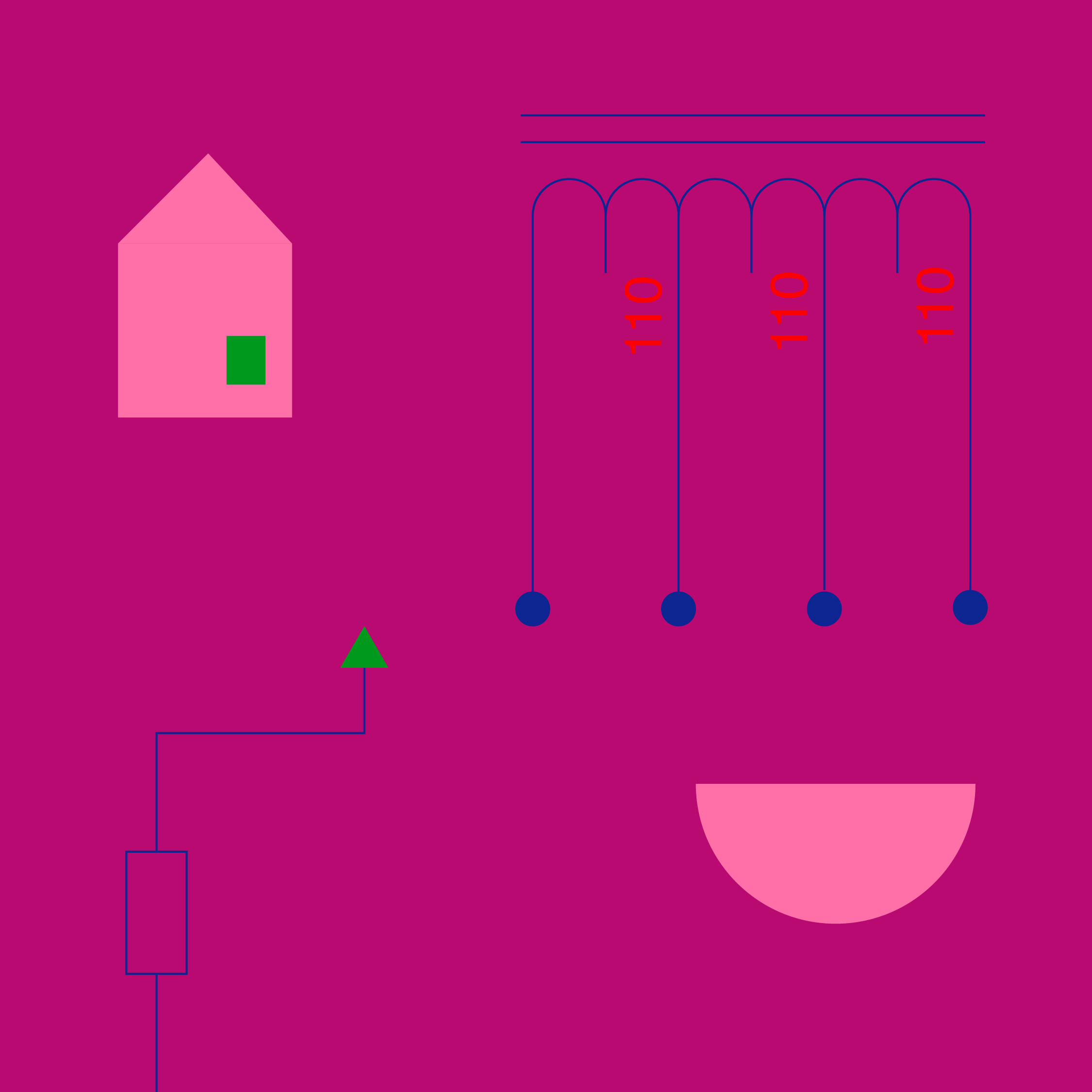
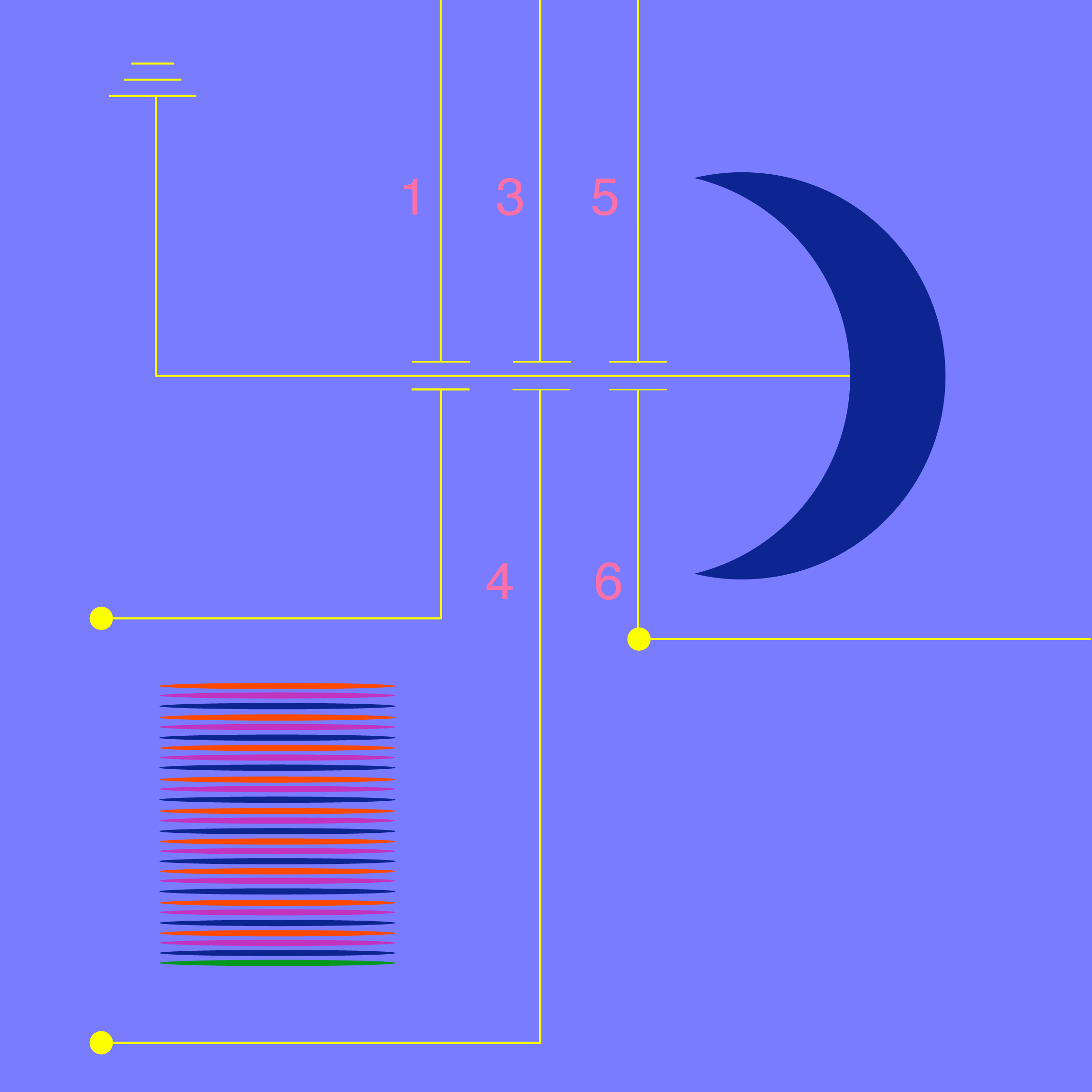
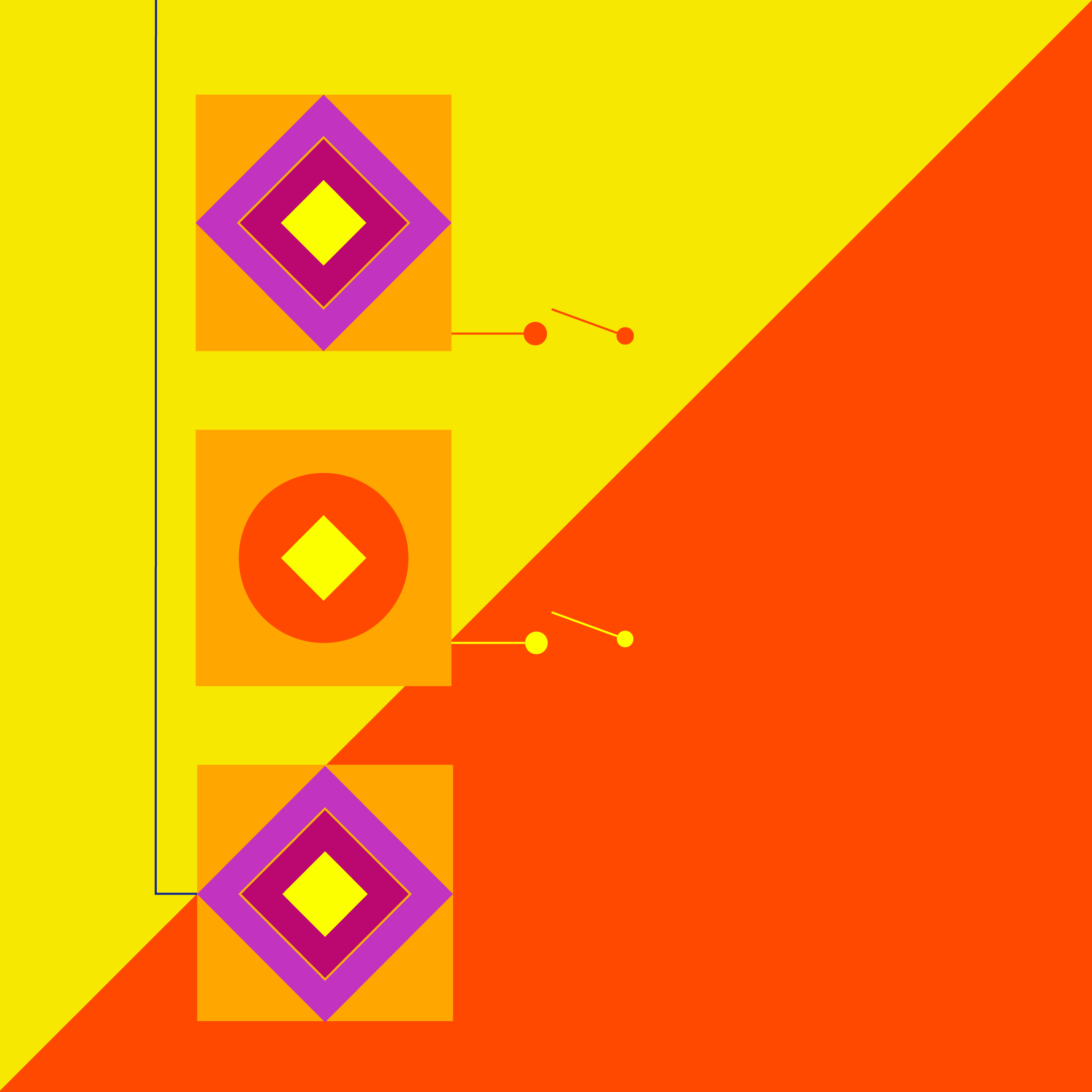
“I used one geomancy method of divination. There are lots of them, like Tarot cards, which generally use recursive methods to generate symbols and read your future. I like the fact that these methods are related to land and nature, but also to how arbitrary they can be,“ says Ana Mosquera. The process-making of the artworks displayed and sold on Artpool can be quite complicated: in a nutshell, she used this logical/illogical relation to generate forms to geographical locations in Philadelphia, where she is based, making use of an app. The coordinates were applied to the process of creation of symbols, and each symbol has some keywords related to them. Ana inserted those words on Google search, which suggests other words. Finally, based on the text created by the suggestion algorithm, Ana could create the nine drawings for the series.
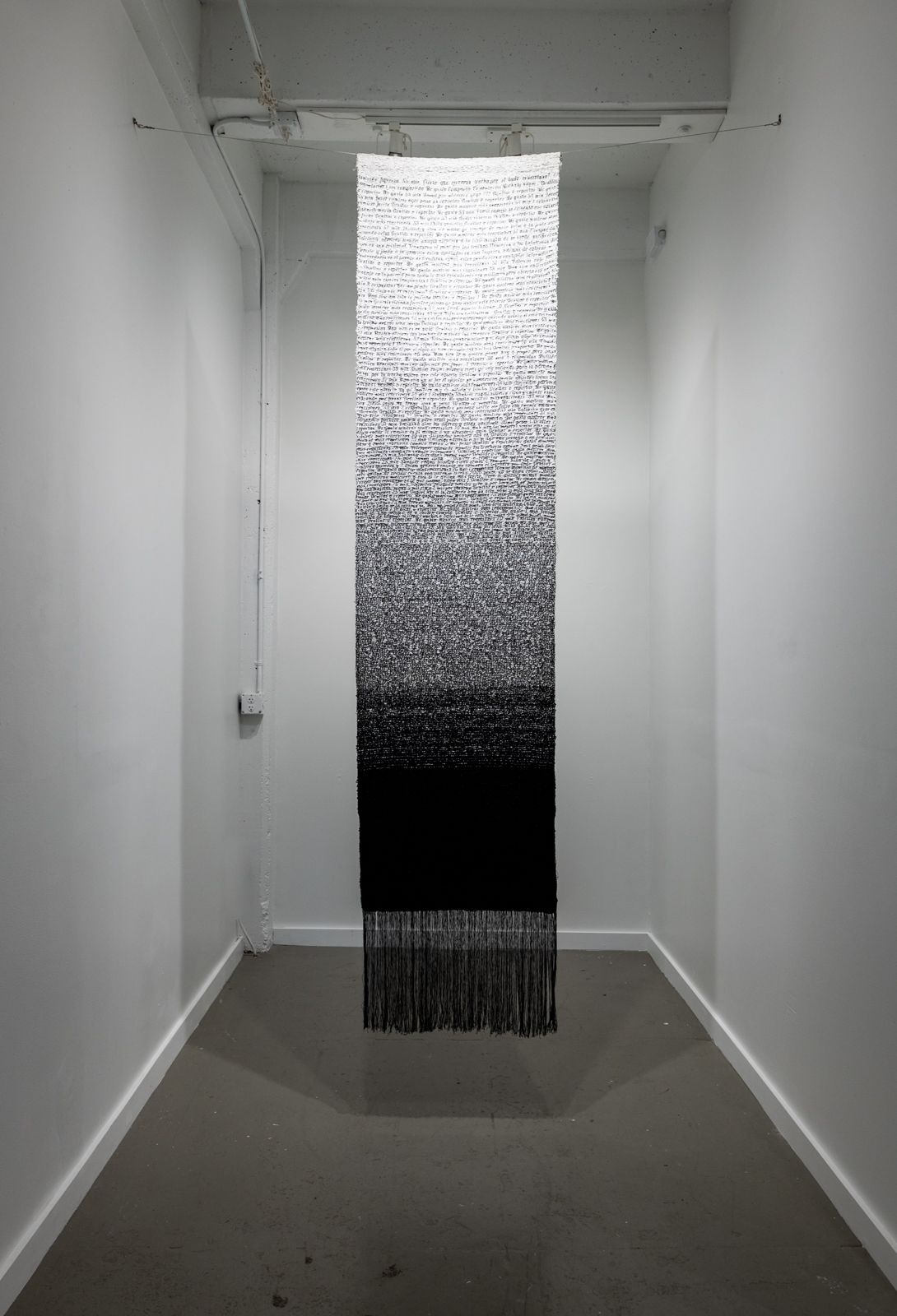
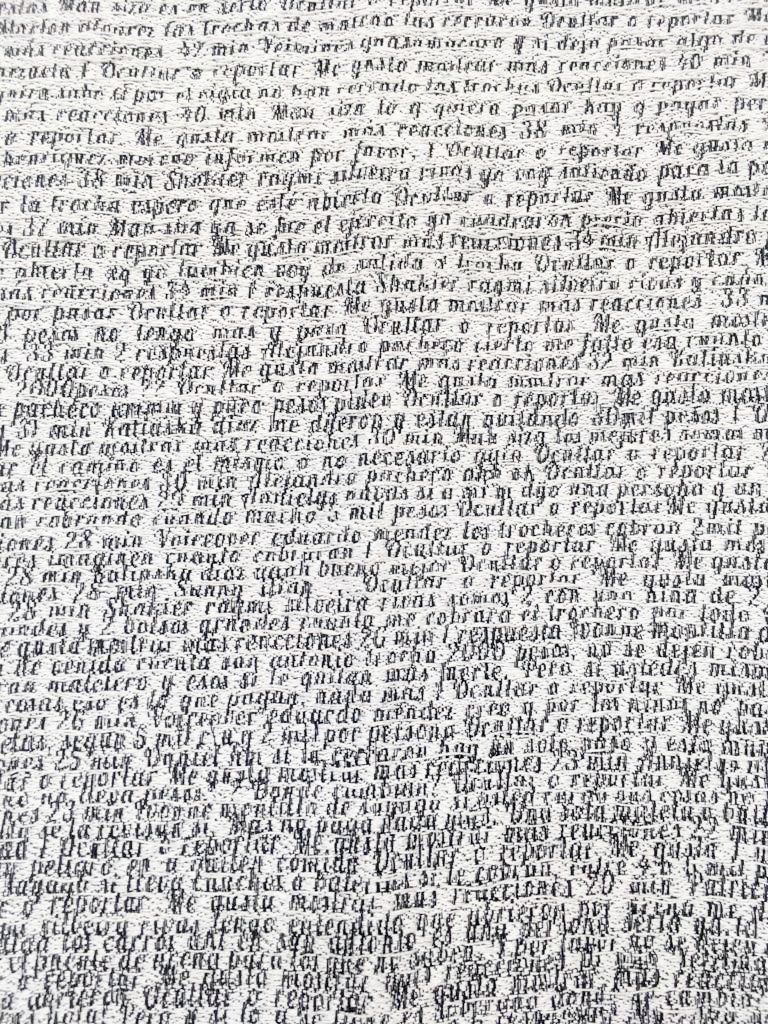
“My interest to explore technology in this way comes from a personal experience, having been through a migration process,” shares Ana, who left Venezuela in two different times and circumstances. “Technology shortens the distance and creates contradictions because it mediates relationships. So I am always thinking: how do we exist and make sense of life in this very intangible space? How do we register and track our experiences digitally?” To her, computers may serve as a medium for art rather than a tool to make art. The process is fulfilling to her artistic practice, and its visual outcome surprising.
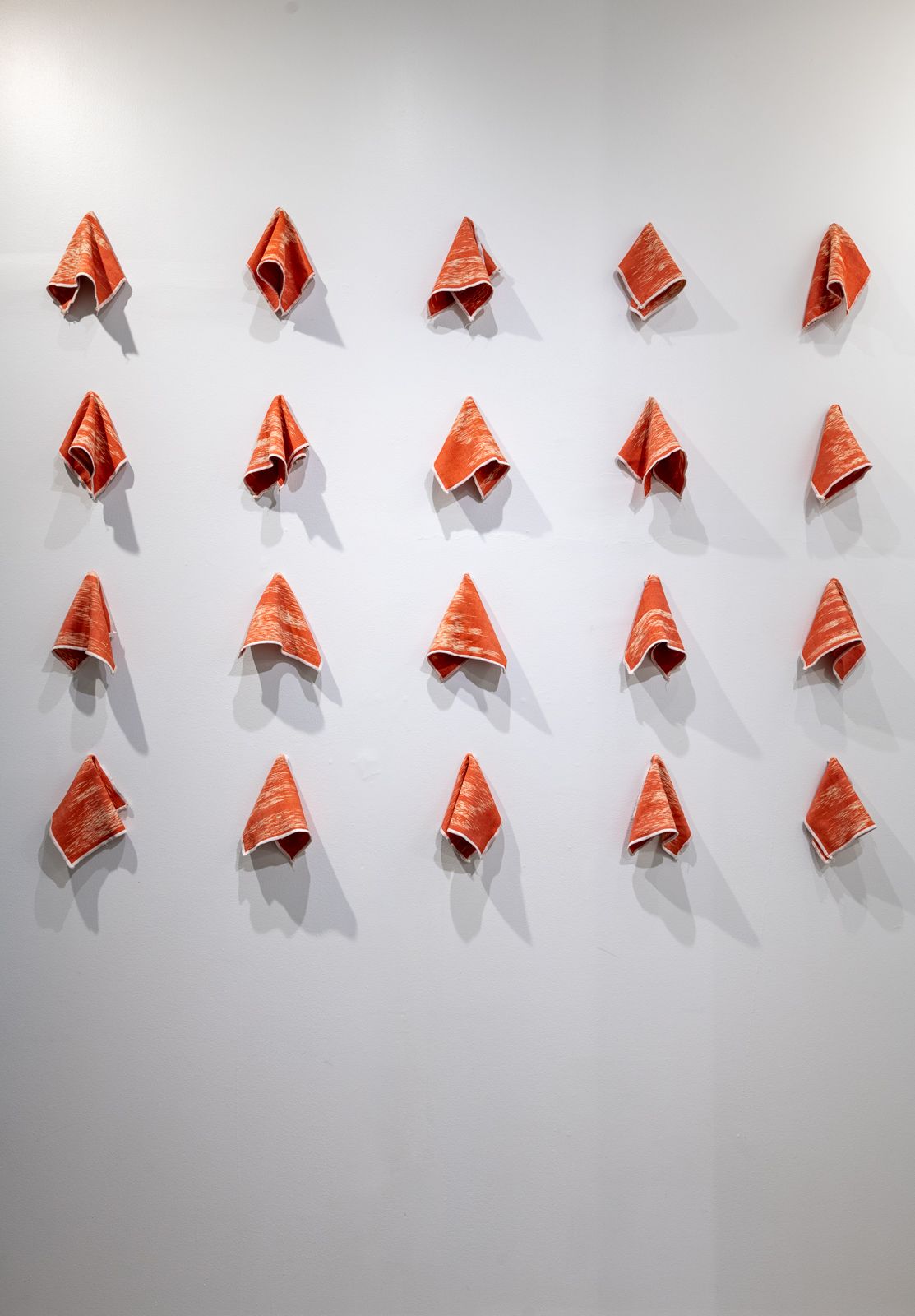
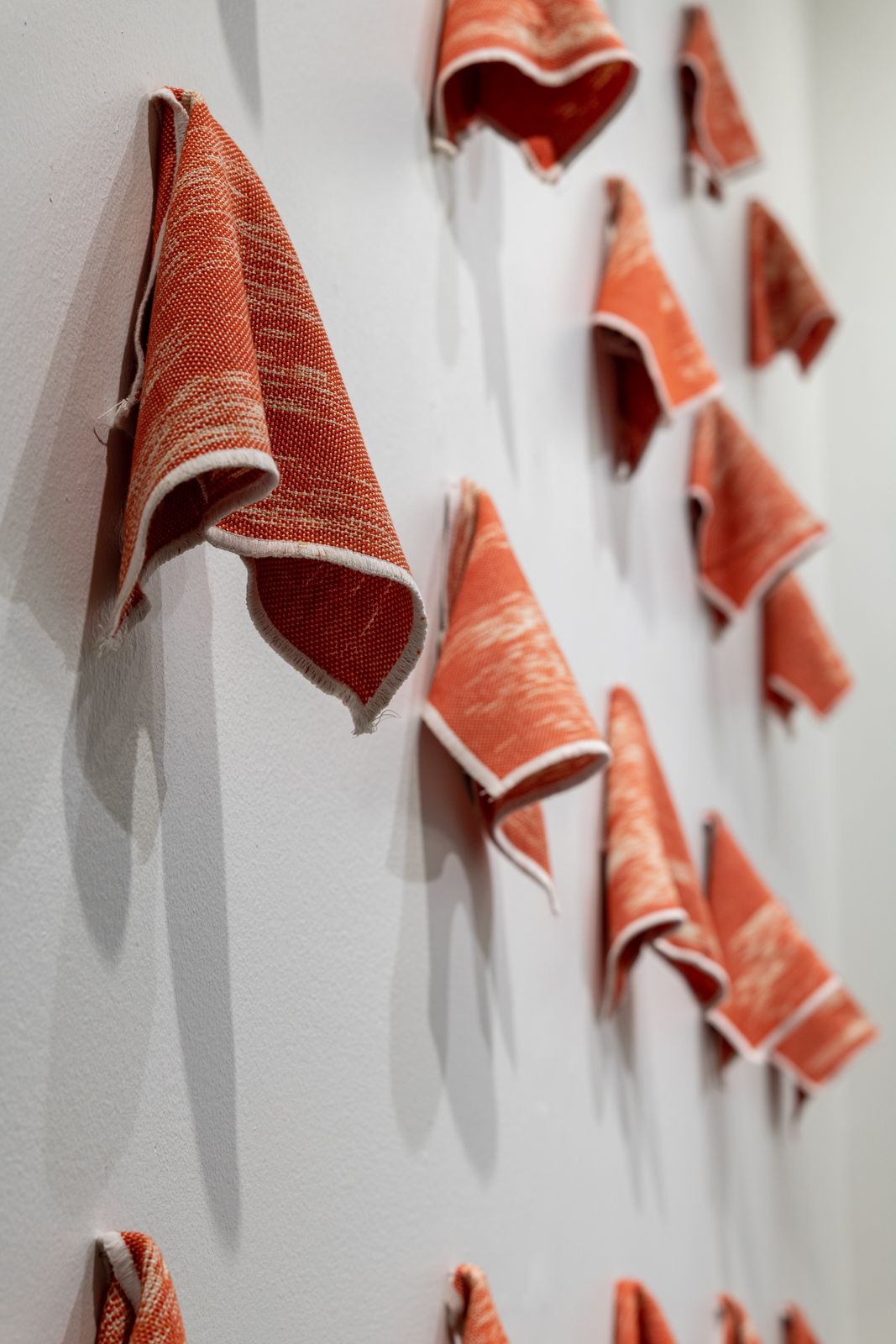
Mosquera takes part in the long lineage of artists who explore systems, randomness and computer art in their practice, such as the Hungarian Vera Mólnar, an early pioneer of computer art. In her own time, she handwrote programs, or pre-defined rules, according to which she permuted shapes within a grid. Vera Mólnar called the method her machine imaginaire. Now a highlight at the 59th Venice Biennale, Mólnar has spent decades creating her geometric abstractions by using a rigorous compositional method, governed by a predetermined set of mathematical rules.
Some of Mosquera’s references are Peruvian textiles and patterns, and Andean drawings. The work Rhumbs Lines, for instance, was a textile created with the use of a six-pedal loom to enter research she did on Facebook. By joining groups of Venezuelans living abroad, she started to encapsulate their stories and track their paths on Microsoft Excel. The grid of the program would later inspire the patterned textiles. In Data Driven Drawings, she also creates her own accounting system to fabricate visuality for sounds of videos posted on social media: by mixing narrative, technology, algorithms, and manual work, Ana Mosquera seeks to make sense of our existence in the digital and physical worlds.
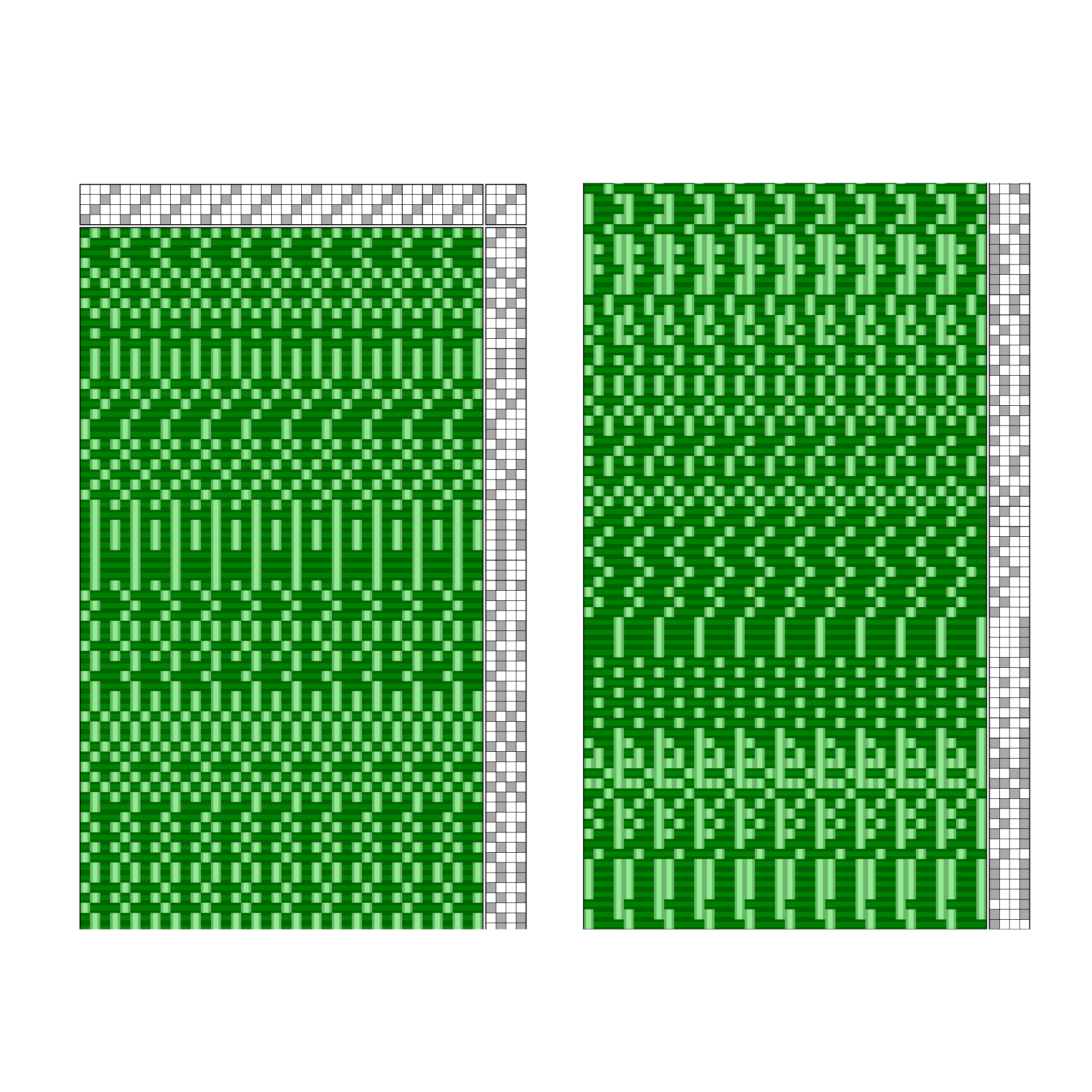
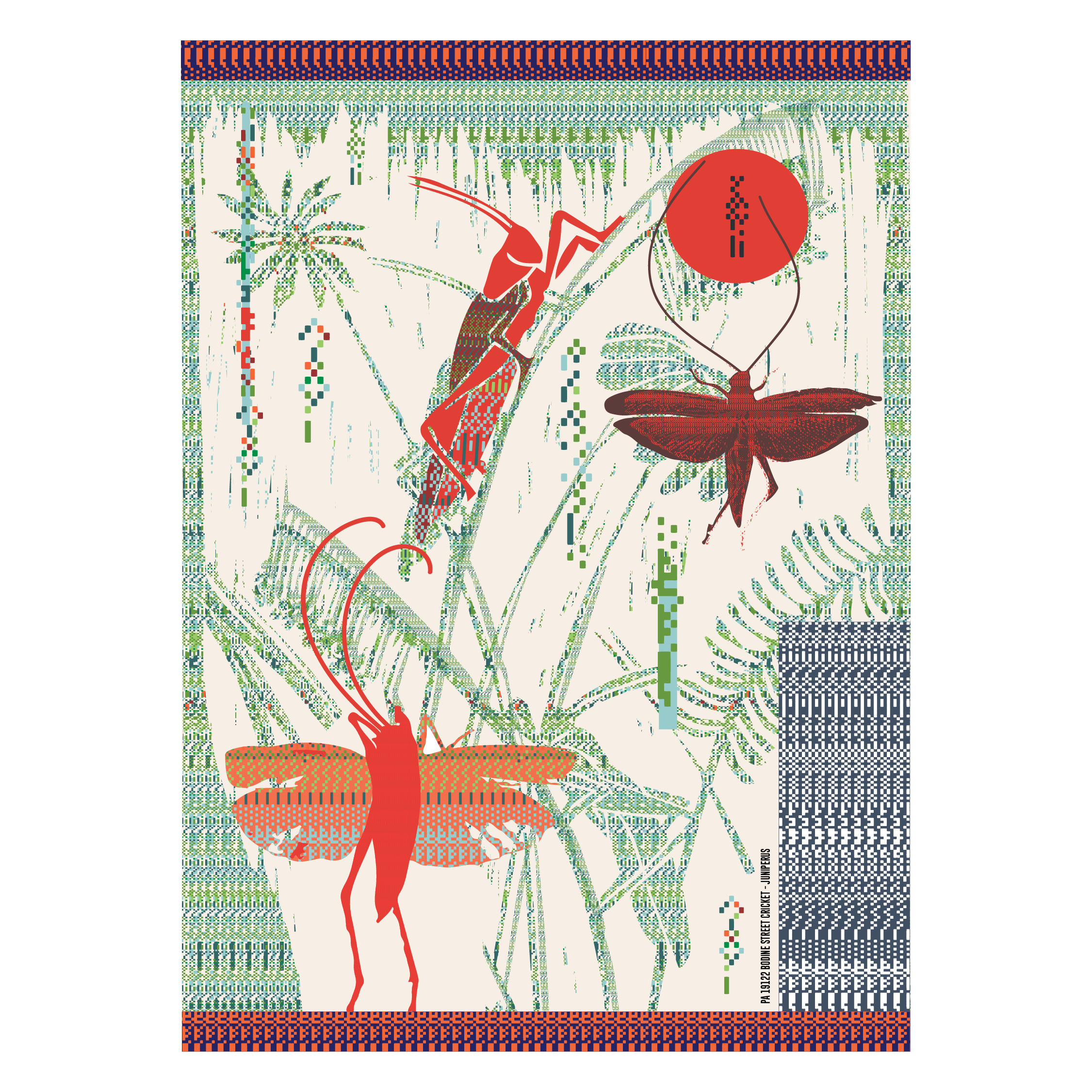
“In my work, there are these crossroads that have to do with something incredibly logical, systematic, and almost bureaucratic and the organic, religious, and spiritual,” she says. Apart from the latest Artpool Collection, Ana Mosquera has just opened an exhibition at Sala Mendoza, in Venezuela, with sculptures that work like religious garments. This summer, she will take part in the Lab Artist-in-Residence at University of the Arts, and participating artist in the collective exhibition Diálogo 365: New Rhizomes in Philadelphia.
Randomness and chance will take her intriguing work to other places unknown. And isn't that the greateast beauty in life?
The editions of Postcards from an immaterial landscape collection by Ana Mosquera and curated by Alexandria Nazar are displayed and sold on Artpool platform